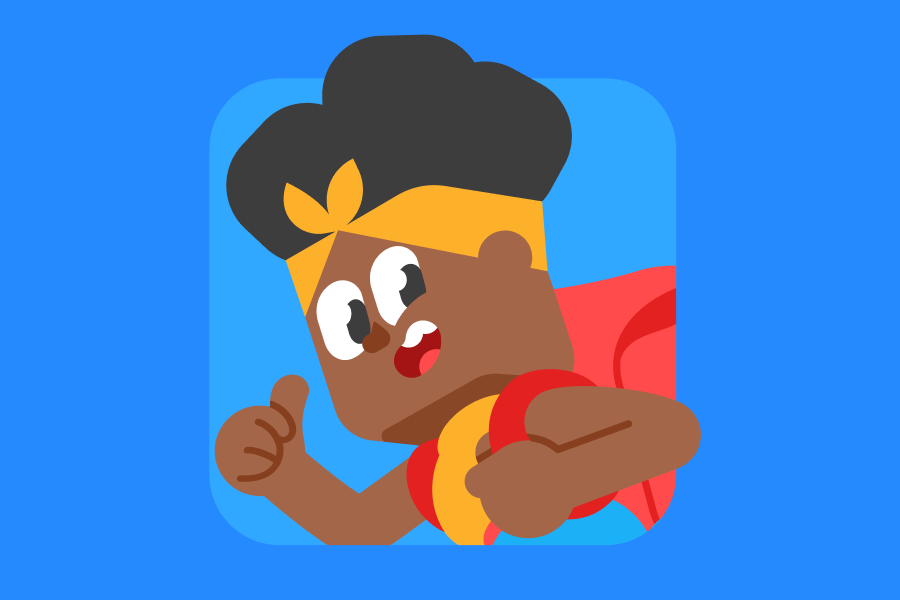Possessive pronouns are personal pronouns used to show possession and ownership: mine, yours, his, hers, its, ours, and theirs. They function similarly to other personal pronouns, but there are important differences you’ll need to know to use them in English!
In this post:
What are possessive pronouns in English?
Possessive pronouns vs. possessive adjectives
Tips for using possessive pronouns
Example of possessive pronouns in English
What are possessive pronouns in English?
Possessive pronouns replace a noun or noun phrase, and they show who, well, possesses that noun. Like other personal pronouns, there are different forms according to the grammatical person, whether the owner is one person or a group of people, and the gender of the person who owns the thing.
Unlike other languages, in English, the same form of a possessive pronoun is used no matter the details about the thing that is possessed—for example, whether you have one cat or 100, one house or 100, you’ll use mine for all of them.
Here are the English possessive pronouns and the subject pronouns for each:
| Subject pronoun | Possessive pronoun | Example |
|---|---|---|
| I | mine | This cake is mine! |
| you | yours | This problem is yours. |
| he | his | Those shoes are his. |
| she | hers | This suit is hers. |
| we | ours | That house is ours. |
| you | yours | These turtles are yours?! |
| they | theirs | The cat is theirs. |
Possessive pronouns vs. possessive adjectives
Possessive pronouns and possessive adjectives have really similar forms—sometimes they’re even identical—but they are used in different kinds of phrases.
Like all pronouns, possessive pronouns completely replace a whole word or phrase:
- The coolest design was [Sabrina’s] design.
- The coolest design was hers.
On the other hand, possessive adjectives are used *with* the noun that is possessed:
- The coolest design was [Sabrina’s] design.
- The coolest design was her design.
Here is the full list of possessive pronouns and adjectives—notice which forms are different and which are exactly the same!
| Subject pronoun | Possessive pronoun | Possessive adjective |
|---|---|---|
| I | mine | my |
| you | yours | your |
| he | his | his |
| she | hers | her |
| it | its | its |
| we | ours | our |
| you (you all, y’all, ye, yinz, you guys) |
yours (you all’s, y’all’s, yinz’s, you guys’s) |
your (you all’s, y’all’s, yinz’s, you guys’s) |
| they | theirs | their |
Tips for using possessive pronouns
Possessive pronouns function a lot like other personal pronouns, but there are few extra details to keep in mind:
- Watch for spelling. Possessive pronouns often have an -s ending, and it’s one way you can tell them apart from possessive adjectives (yours vs. your, hers vs. her, etc.).
- Remember the gender of the possessor, not the thing possessed. Since English doesn’t have grammatical gender, you’ll use the same form of the pronoun for any person or object that is the thing that’s possessed. Instead, you’ll need to remember whether the person who possesses it is a man, a woman, or someone who uses “they”!
- Possessive pronouns replace the whole noun. Unlike in some languages, including Spanish and Portuguese, English personal pronouns replace the whole noun or noun phrase, so you won’t use other articles with them. For example, you’ll say That one is minein English, and never the mine (el mío) like in Spanish.
Use possessive pronouns with confidence!
To use possessive pronouns in English, take note of their similarities to other personal pronouns and identify how they are used differently compared to your own language.
Examples of possessive pronouns in English
| Subject pronoun | Possesive pronoun | Example |
|---|---|---|
| I | mine | Bea is so generous with her chocolate, but I never share mine. |
| you | yours | Wait, where is yours? |
| he | his | No, we didn’t work on his yesterday. |
| she | hers | I read both books, and my favorite part about hers was the ending. |
| we | ours | Yes, it’s true: That slobbery, smiling dog is ours! |
| you | yours | Our delivery arrived on time, but yours didn’t? |
| they | theirs | As soon as Lucy and Lin saw the leopard-print couch, they knew it would one day be theirs. |
